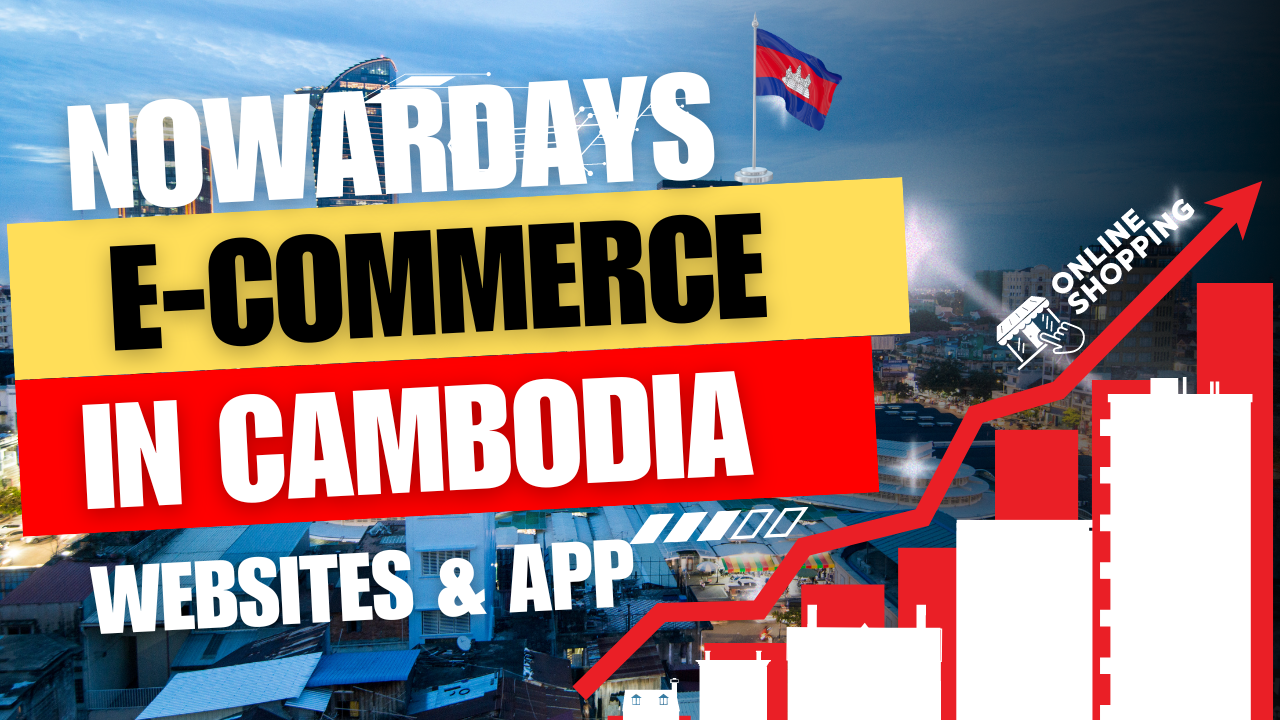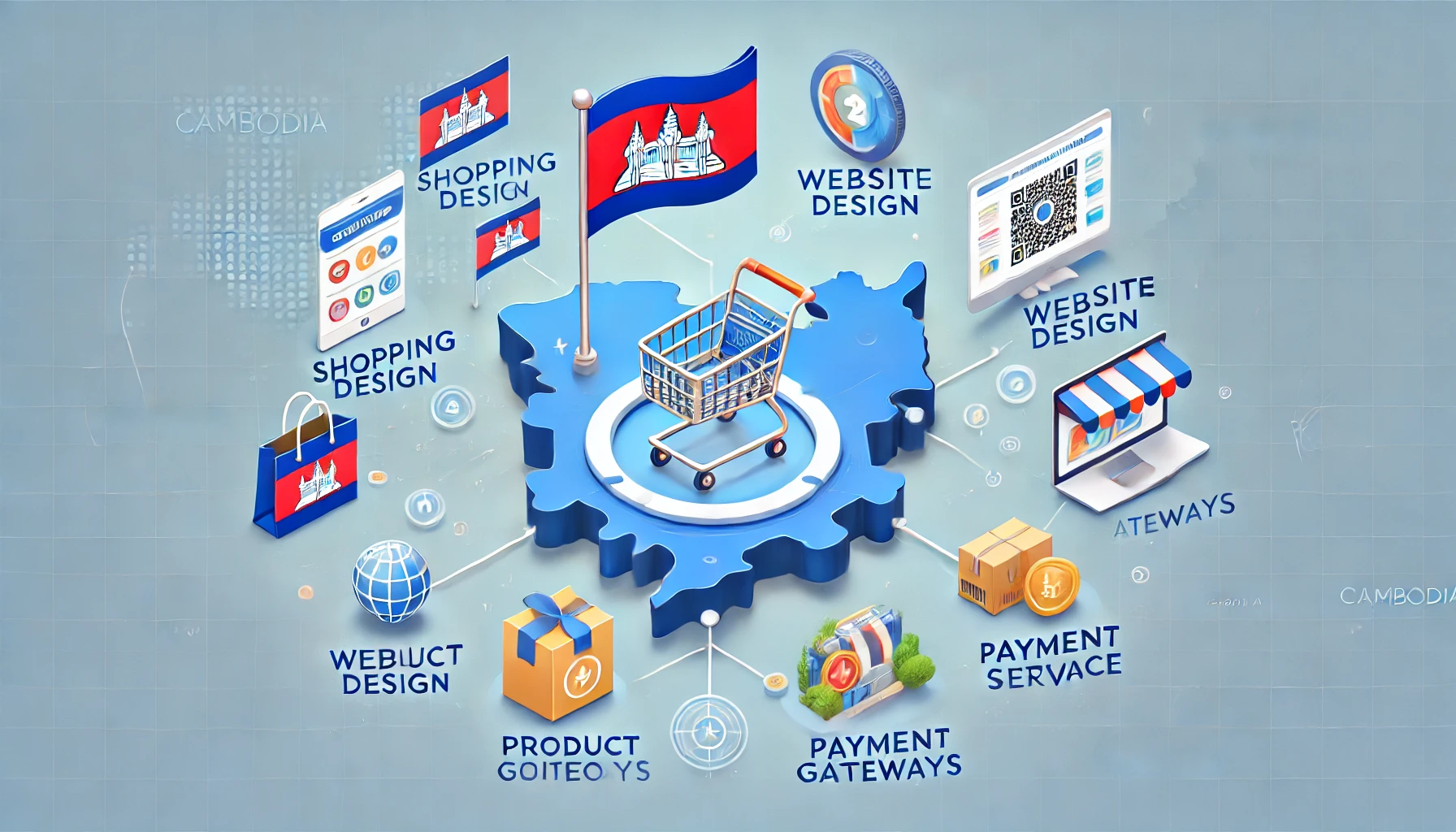E-commerce in Cambodia is experiencing a rapid transformation, offering immense opportunities for entrepreneurs and businesses. With more consumers turning to online shopping, there’s no better time to dive into the e-commerce world. Building your own online store with an e-commerce app and website can set you on the path to success. Ready to explore how you can join the digital marketplace in Cambodia? Let’s get started!

The Booming E-commerce Landscape in Cambodia

Cambodia’s e-commerce sector has seen substantial growth in recent years. With increasing internet penetration and smartphone usage, more consumers are embracing online shopping. According to the Ministry of Commerce, the e-commerce market in Cambodia is projected to grow significantly, driven by a young, tech-savvy population and improved digital infrastructure.
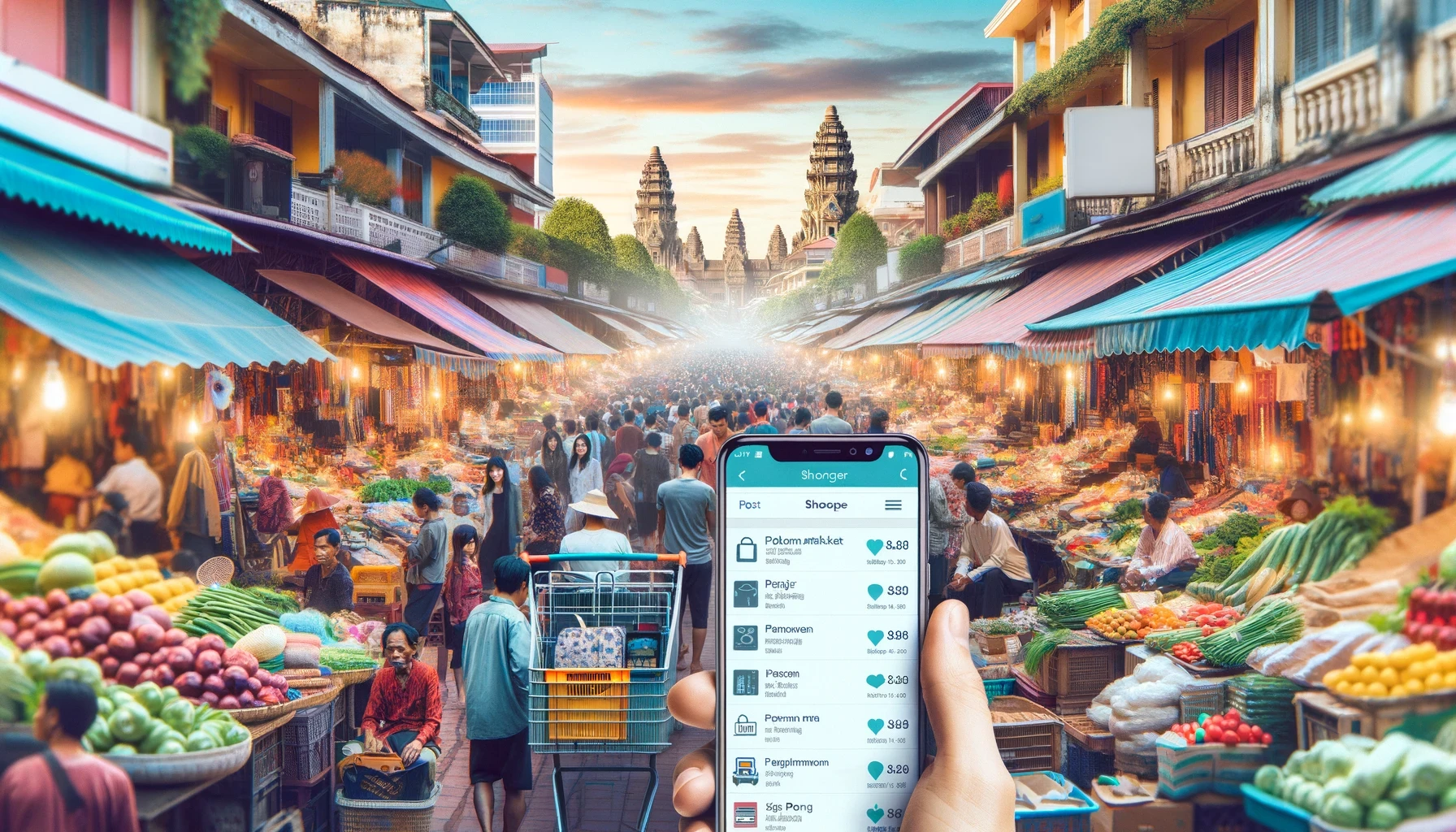
Why Start an Online Store in Cambodia?

1. Expanding Market: Cambodia’s online market is expanding rapidly. The growth in internet users and the increasing adoption of digital payment methods provide a fertile ground for new e-commerce ventures.
2. Low Competition: Compared to more developed markets, Cambodia’s e-commerce space is still relatively untapped. This means less competition and a greater opportunity for new businesses to establish a strong presence.
3. Cost-Effective: Setting up an online store is more cost-effective than a brick-and-mortar store. With lower overhead costs, you can invest more in marketing and improving your products.
4. Reach a Wider Audience: An online store allows you to reach customers beyond your local area. You can sell to anyone in the country, or even internationally, without the limitations of a physical location.
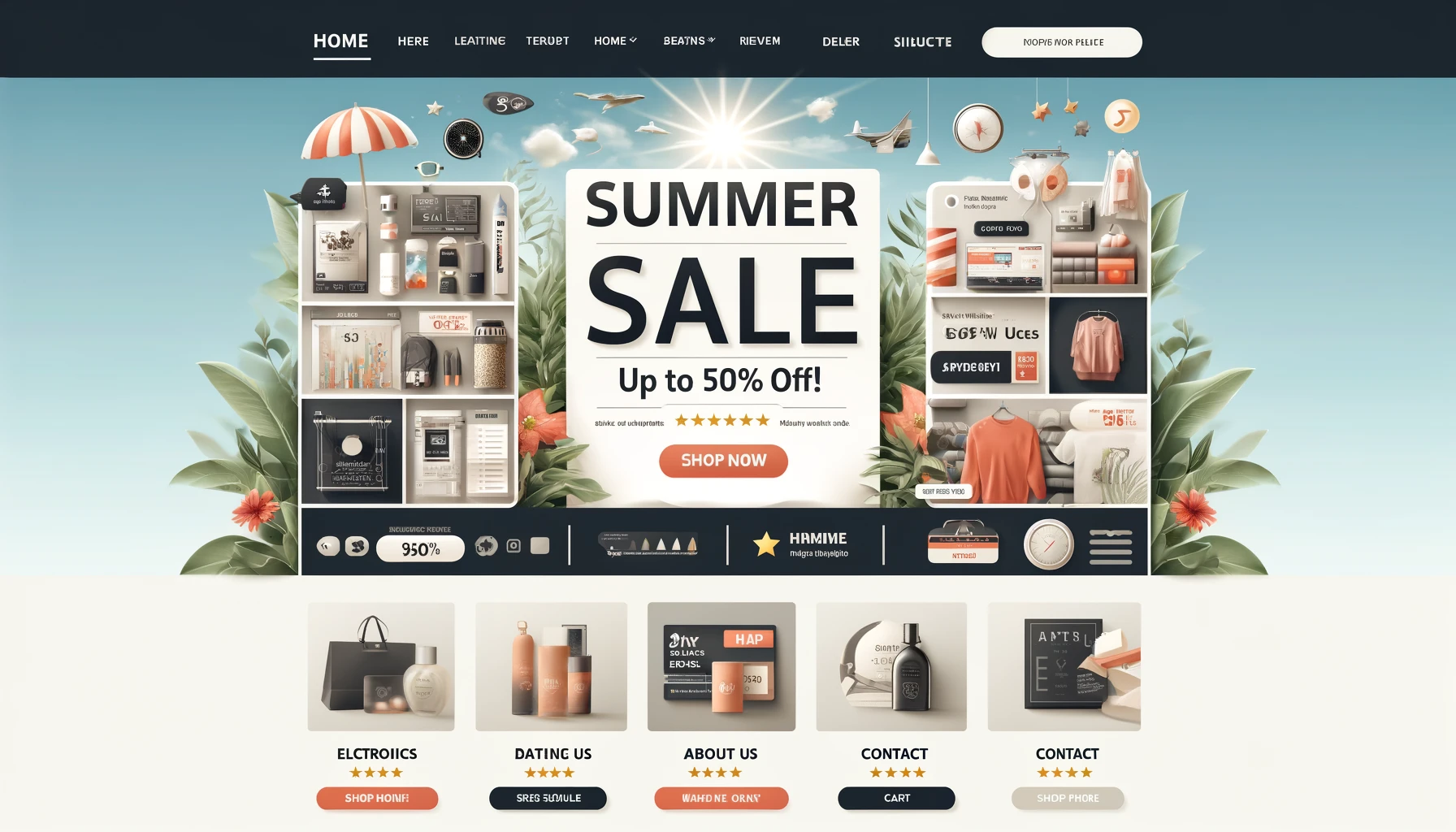
Steps to Build Your Online Store

1. Conduct Market Research
Before diving in, it’s crucial to understand the market. Identify your target audience, analyze your competitors, and determine what products or services are in demand. This will help you create a unique value proposition and stand out in the market.
2. Choose Your E-commerce Platform
Selecting the right e-commerce platform is vital. Some popular options include Shopify, WooCommerce, and Magento. These platforms offer various features and integrations that can help you manage your store efficiently.
3. Design Your Website
Your website is the face of your business. Invest in a professional, user-friendly design that reflects your brand. Ensure that your site is mobile-responsive, as many Cambodian consumers shop via their smartphones.
4. Develop an E-commerce App
With the growing number of mobile users, having an e-commerce app can give you a competitive edge. An app provides a seamless shopping experience, allows for personalized marketing, and can increase customer loyalty.
5. Set Up Payment and Shipping Options

Offer multiple payment options to cater to different customer preferences. Popular payment methods in Cambodia include cash on delivery, bank transfers, and digital wallets like Wing and Pi Pay. For shipping, partner with reliable logistics companies to ensure timely delivery.
6. Optimize for SEO
To attract organic traffic, optimize your website and app for search engines. Use relevant keywords in your product descriptions, meta titles, and meta descriptions. Create valuable content, such as blog posts and guides, to engage your audience and improve your search engine ranking.
7. Market Your Online Store

Utilize digital marketing strategies to promote your store. Social media marketing, email marketing, and pay-per-click advertising can help you reach a broader audience. Collaborate with local influencers to increase brand awareness and credibility.
Benefits of Building Your Own E-commerce App and Website
1. Increased Control: Having your own e-commerce platform gives you complete control over your branding, customer experience, and data. You can customize your store to meet your specific needs and preferences.
2. Better Customer Engagement: An app allows for more personalized communication with your customers. You can send push notifications, offer exclusive deals, and provide a more tailored shopping experience.
3. Enhanced Analytics: With your own platform, you have access to detailed analytics that can help you understand customer behavior, track sales, and measure the effectiveness of your marketing efforts.
4. Improved Customer Loyalty: Offering a seamless and enjoyable shopping experience can help you build a loyal customer base. A well-designed app and website can make it easier for customers to shop with you repeatedly.
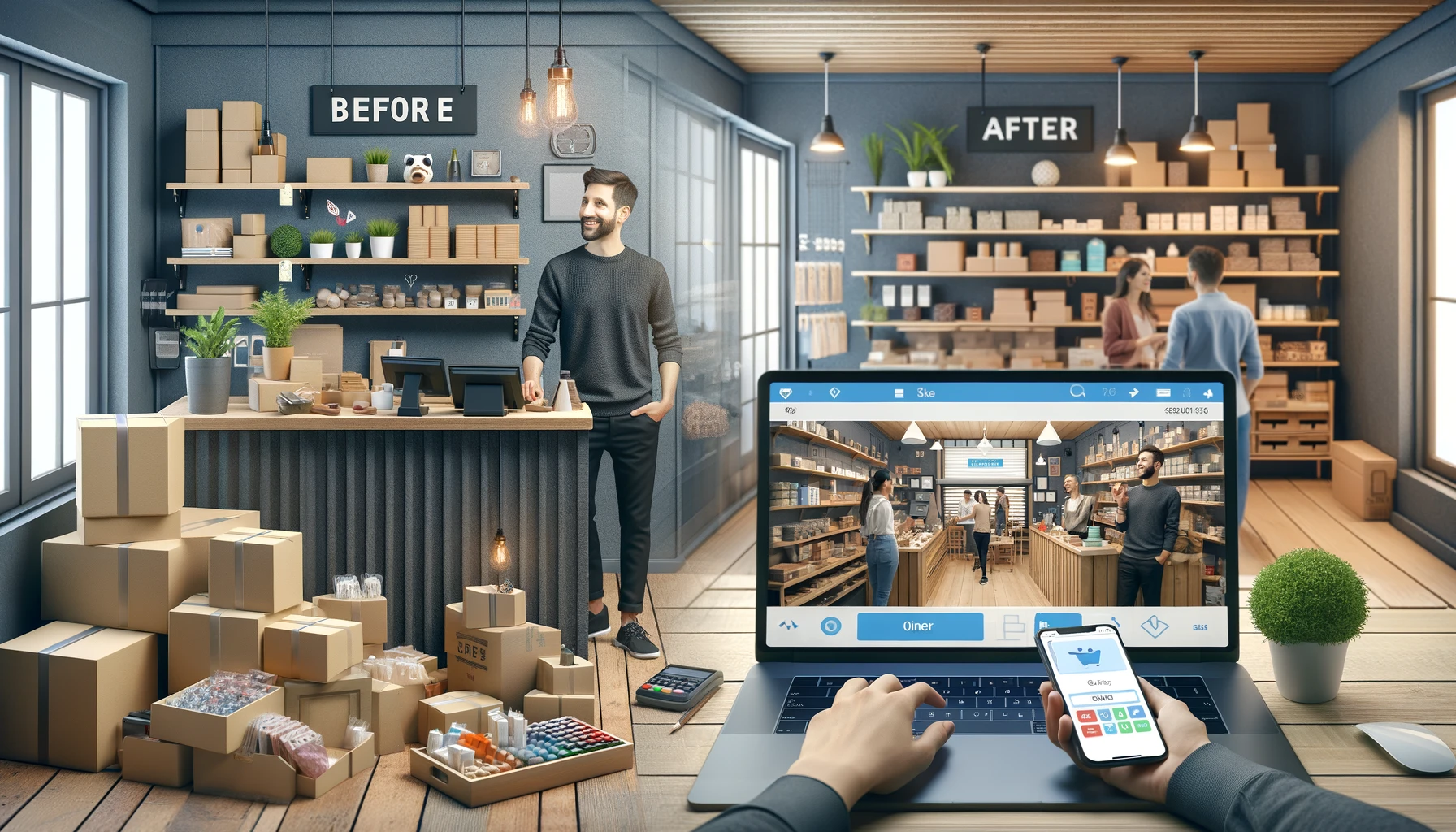
FAQs
Q: How much does it cost to build an e-commerce app and website? A: The cost varies depending on the complexity of your requirements and the platform you choose. On average, it can range from a few hundred to several thousand dollars.
Q: Do I need technical skills to build an online store? A: While technical skills can be beneficial, many e-commerce platforms offer user-friendly interfaces that make it easy for anyone to create and manage an online store.
Q: How can I drive traffic to my online store? A: Utilize SEO, social media marketing, email marketing, and paid advertising to attract visitors to your site. Engaging content and influencer partnerships can also help boost traffic.
Q: What products sell best online in Cambodia? A: Popular categories include electronics, fashion, beauty products, and home goods. Conduct market research to identify specific products in demand within these categories.
Wrapping Up
E-commerce in Cambodia is brimming with potential, and now is the perfect time to jump in. By building your own online store with an e-commerce app and website, you can tap into this growing market and reach a broader audience. Follow the steps outlined above, and you’ll be well on your way to e-commerce success. Ready to take the plunge? Start your e-commerce journey today and watch your business thrive!
Need help getting started? Contact us for personalized advice and support in building your online store.
Contact Us:
- Email: info@eocambo.com
- Telegram: t.me/EOT_Cambodia
- Follow Us on Social Media: Stay updated with the latest tips and trends in e-commerce.

